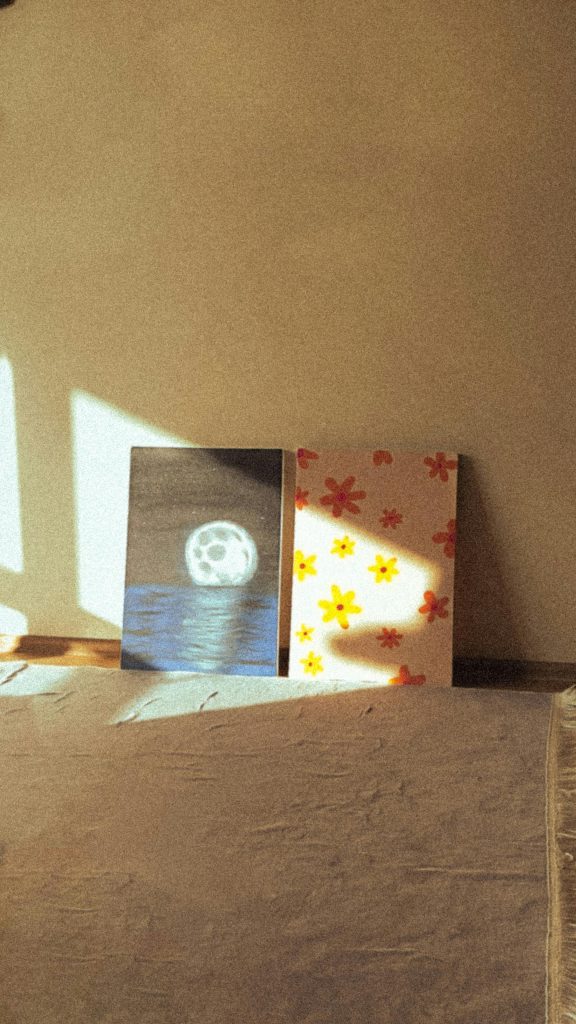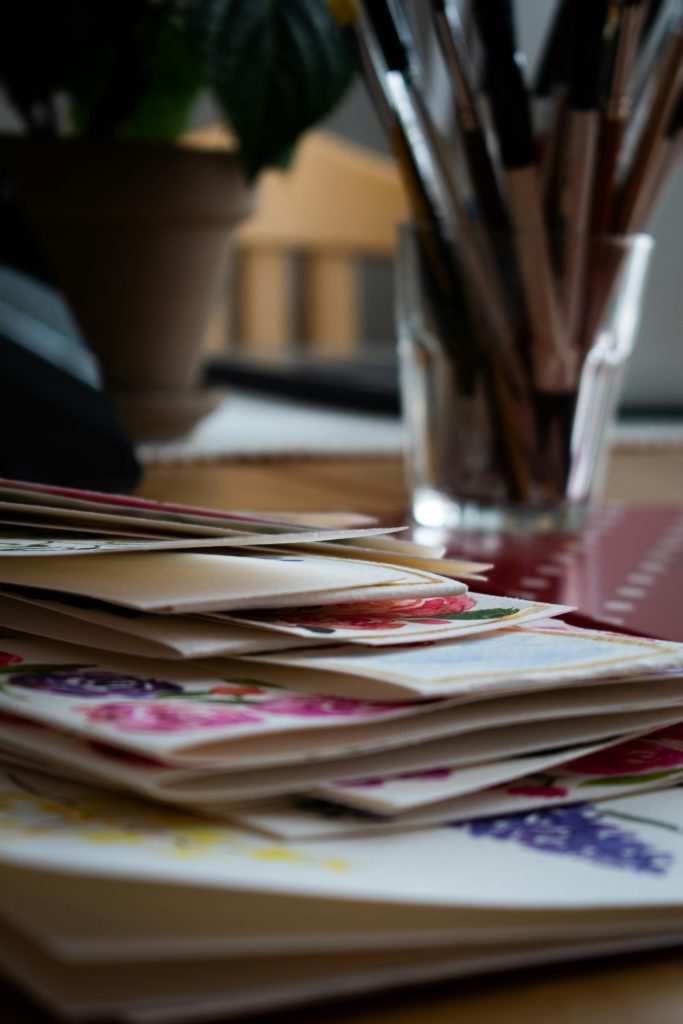How to Make Every Piece in Your Portfolio Feel Connected

When someone opens your portfolio, you want them to instantly sense your vision , like they’ve just stepped into your creative world. Cohesion is what makes that happen. It’s the invisible thread that gives your collection purpose and connection. This doesn’t mean every piece should look the same, but they should feel like they’re part of the same family. Imagine your work speaking the same language, each piece adding to the conversation instead of shouting over one another.
Without cohesion, even your most skillful pieces can seem scattered, leaving viewers unsure of what you’re about. It’s like walking into a room where everyone’s talking in different languages , the energy’s there, but the story gets lost. Cohesion gives people a clear path to follow, helping them see the bigger picture in your work.
It’s not just a visual thing , it’s about showing intention. A cohesive portfolio tells galleries, curators, and collectors that you’ve thought deeply about your presentation. It makes it easier for them to connect with your vision and imagine working with you.
And here’s the magic part: cohesion actually makes each individual piece stronger. None of them exist in isolation , they’re all contributing to a larger story. When you arrange your work with care, viewers start spotting patterns and ideas, and suddenly your whole portfolio feels more powerful.
Cohesion is also a tool you can grow with. It gives you a steady framework while leaving room for experimentation. No matter how your style evolves, a unified approach keeps your portfolio focused, intentional, and memorable.
Let’s Find the Thread That Holds Your Work Together
Every artist has patterns , whether you notice them or not. Somewhere in your work, there’s a through-line: that subtle thread that ties everything together and gives it meaning. It might be a recurring color, a certain type of shape, a mood, or even a recurring subject matter. Finding it is like discovering the secret glue in your portfolio.
Your through-line doesn’t demand identical pieces. It might show up in the way you compose an image, the palette you lean toward, or the concepts you return to. Even if your materials vary wildly, your ideas can keep things connected. That’s what makes your work feel intentional and true to your voice.
You might think that showing a wide range of styles proves you’re versatile, but too much variety without a link can feel random. A clear through-line is the sweet spot , it lets you keep diversity but still tell one bigger, more compelling story.
The easiest way to find your through-line? Lay out your recent work side by side. Notice what repeats itself , colors, emotions, shapes, themes. Ask yourself: what’s the story here? The more you see the connections, the more confidently you can present them.
When you know your through-line, you get freedom. You can play with new techniques or mediums, but the core idea remains intact. It’s your creative compass, keeping your portfolio coherent no matter where your curiosity takes you.
It’s Time to Let Go of Pieces That Don’t Serve You
One of the bravest moves you can make for cohesion is subtraction. Not every piece you love should be in your portfolio , even the strong ones. If it doesn’t align with your central theme or style, it can dilute your message. Letting go sharpens your story and gives space for the best work to stand out.
A portfolio with too many pieces can feel like an overstuffed suitcase , hard to unpack and overwhelming. Viewers might miss your strongest work because it’s buried among things that don’t quite fit. Editing down makes your message clearer and your work more memorable.
Ask yourself: does this piece help me say what I want to say? If not, set it aside. You’re not throwing it away; you’re making space for focus. This decision tells the world you’re confident in your voice and you know what you want them to remember.
Diversity can still live in a cohesive portfolio , it’s just about intentional variety. Different sizes, techniques, or mediums can work together as long as they share that thread you’ve identified. It’s like a playlist: different tracks, same mood.
Editing is a mark of maturity. It shows you value clarity and intention over quantity. It’s a choice that helps people immediately “get” who you are as an artist.

Making Your Technique and Presentation Look Effortlessly Professional
Cohesion isn’t only about ideas , it’s also about how your work looks when it’s shown. If one image is beautifully lit and another is slightly blurry, the inconsistency pulls attention away from the art itself. A consistent approach to technique and presentation instantly makes your portfolio look more polished.
Even if you explore different media, the way you present them can unify everything. Consistent image quality, backgrounds, and layouts make your portfolio feel like a well-curated space. It tells people you care about every detail and you respect their experience as viewers.
That consistency also lets patterns in your work shine naturally. Repeated compositional choices, a certain rhythm in your layouts , these help people feel the flow between your pieces. It’s subtle, but it’s powerful.
Small details matter. Clear labeling, consistent sizing, and professional documentation make your work easier to engage with. They’re little signals that you take your craft seriously, which builds trust with your audience.
A steady approach to presentation also makes room for your style to grow. You can evolve creatively without losing the recognizable “you” in your work. That’s how cohesion becomes part of your identity.
Let’s Arrange Your Work So People Really Get It
The order of your work is more powerful than most people realize. Sequencing isn’t just about lining pieces up , it’s storytelling. A strong opener grabs attention, a thoughtful middle builds depth, and a striking finish leaves your audience thinking about you long after they’ve closed the tab.
Changing the sequence can totally shift how people read your portfolio. Grouping similar works can emphasize your cohesion, while pairing contrasting pieces can show range without breaking the flow. Think of it like a gallery walk , each turn is intentional, guiding the viewer’s eye.
Take a moment to walk through your own portfolio as if you were a stranger. Does it flow naturally? Are there moments where you’d lose interest? Adjusting the order can make all the difference.
Sequencing also controls emotion. By alternating between bold statements and quieter moments, you keep people engaged. That rhythm gives your portfolio a dynamic quality instead of a flat one.
Ultimately, your sequence is part of your curation , proof that you understand not just how to make art, but how to tell its story.
Balancing Variety Without Losing the Heart of Your Vision
Cohesion doesn’t mean repetition. Variety brings richness , it shows your curiosity and skill , but it has to be grounded in something consistent. That’s how you keep viewers intrigued without losing them in the process.
If there’s too much variety without a link, your portfolio can feel unfocused. But if it’s too uniform, it risks feeling flat. The goal is that middle ground: unity in tone or concept, with space for diversity in execution.
Look for the unifying factors in your varied pieces. They might be conceptual, visual, or emotional. That’s how museums and galleries manage to put wildly different works together without losing the overall message.
When you strike this balance, you show adaptability while staying true to yourself. It tells potential collaborators and collectors you can explore without drifting aimlessly.
In the end, variety and unity aren’t opposites, they’re partners. Each piece should earn its place, either by deepening the story or adding a fresh, intentional layer to it.
Shaping a Visual Identity That Speaks for You
Visual identity is the thread that gives your portfolio instant recognition. It encompasses recurring color palettes, compositional choices, stylistic marks, or even the energy and tone of your work. A strong visual identity makes your portfolio memorable, giving viewers an intuitive sense of your style before they even read descriptions or statements.
Consistency in visual identity does not limit experimentation; it frames it. Even when trying new techniques, maintaining certain elements, like recurring forms, textures, or tonal approaches, keeps your work identifiable. This continuity strengthens cohesion and ensures your work communicates clearly across different pieces.
A recognizable visual identity helps viewers connect with your portfolio quickly. It guides the eye, establishes expectations, and provides a foundation for understanding your work. Without it, even excellent pieces can feel disconnected, making it harder for audiences to remember or engage with your practice.
Consider your presentation as part of visual identity too. Consistent image quality, lighting, background, and labeling support cohesion, allowing the work itself to shine. Every visual choice should reinforce your identity and contribute to a polished, professional impression.
Refining your visual identity is an ongoing process. As your practice evolves, keep track of recurring elements that define your voice. This ensures your portfolio remains unified, recognizable, and compelling to any audience, from curators to collectors.

Using Words to Give Your Work Extra Voice and Meaning
Images alone rarely tell the full story. Artist statements, titles, and descriptions provide context, guiding viewers to understand your intent and the connections between pieces. Well-crafted text enhances cohesion by framing the work conceptually, emphasizing themes, and providing insight into your process.
Context also helps balance variety. If a piece looks different in style or medium, an explanatory statement can show how it fits the overarching theme. This guidance helps audiences see the through-line, preventing confusion and strengthening the narrative.
Text should be concise but meaningful. A title can hint at concept, mood, or process, while short descriptions can highlight intent, inspiration, or material choices. Together, they complement the visual work without overwhelming the viewer.
Providing context also allows your portfolio to speak to multiple audiences. Curators, collectors, and collaborators often rely on written cues to understand your work quickly. Clear, consistent text ensures your portfolio communicates effectively across all channels.
Ultimately, text and context are tools to enhance cohesion, linking pieces conceptually and emotionally. They help viewers engage with your work on multiple levels, making the portfolio more immersive, memorable, and professional.
Keeping Your Portfolio Fresh So It Always Represents You
The truth? A portfolio is never truly finished; it evolves alongside your practice. Regularly revisiting and updating it ensures cohesion is maintained, new work is integrated thoughtfully, and outdated pieces don’t dilute your narrative. This ongoing attention demonstrates professionalism and commitment to growth.
Frequent updates allow you to refine sequencing, adjust for emerging themes, and remove work that no longer aligns with your through-line. Even small adjustments can have a significant impact on how the portfolio is perceived, keeping it fresh and relevant.
Reviewing your portfolio also provides perspective on your development. You can see how themes, techniques, and conceptual approaches have evolved over time, helping you understand your own artistic trajectory. This insight informs decisions about new work and future directions.
Consistently updating your portfolio reflects the reality of artistic practice: work evolves, ideas shift, and experimentation occurs. Keeping your portfolio current ensures cohesion and strengthens your professional presentation, whether online or in print.
Finally, regular updates signal to galleries, curators, and collaborators that your work is active and dynamic. It shows that your artistic identity is intentional, evolving, and ready for engagement, which is crucial in professional contexts.
Discover the Theme That Makes Your Work Truly Yours
Cohesion goes beyond visual similarities. It can also arise from conceptual or emotional consistency. For instance, an artist exploring human experience, environmental interaction, or abstraction can achieve cohesion even across diverse media. Conceptual unity communicates depth, showing that the work is part of a thoughtful investigation rather than random experimentation.
Emotional cohesion also matters. A consistent mood, tone, or intensity allows viewers to connect with the work on a deeper level. Even if the materials, colors, or subjects differ, the emotional thread creates a sense of familiarity and continuity across the portfolio, enhancing engagement and understanding.
Thematic cohesion makes a portfolio memorable. Work linked by a central idea leaves a lasting impression, whereas collections without conceptual links can feel scattered or forgettable. It’s the difference between a collection that tells a story and one that simply shows skill.
Artists can identify thematic cohesion by reviewing work for recurring concepts, ideas, or feelings. Recognizing these connections helps curate a portfolio that is coherent and intentional, regardless of stylistic differences or medium changes. This approach strengthens narrative clarity and viewer comprehension.
Ultimately, thematic cohesion supports professional opportunities. Exhibitions, residencies, and grants prioritize portfolios that demonstrate clarity of vision and a strong artistic identity. Conceptual unity communicates that the artist understands their work deeply and presents it intentionally.
Let Cohesion Guide Growth
Cohesion is a framework, not a limitation. A unified body of work communicates clarity, intention, and professionalism, while still allowing for innovation. By identifying your through-line, editing strategically, maintaining consistent technique, and emphasizing thematic cohesion, you create a portfolio that is compelling and focused.
This approach allows for controlled experimentation. Artists can explore new materials, media, or concepts while maintaining the thread that connects their work. Cohesion provides guidance, helping the portfolio feel like a coherent whole rather than a collection of isolated experiments.
Platforms like Women in Arts Network can help present a cohesive portfolio professionally. They provide tools to structure work effectively, showcase thematic threads, and connect artists to opportunities that value clarity and intentionality. A well-presented portfolio makes a stronger impression on curators, collectors, and collaborators.
Cohesion is also a dynamic process. As your practice evolves, the portfolio can grow while maintaining a sense of unity. Individual pieces can experiment and push boundaries, but the collection remains recognizable and coherent, communicating a strong artistic voice.
In the end, cohesion enhances every aspect of your portfolio. It strengthens narrative, improves presentation, and signals professionalism. By prioritizing unity in both concept and presentation, your body of work communicates purpose, captures attention, and positions you for meaningful growth in your artistic career.
